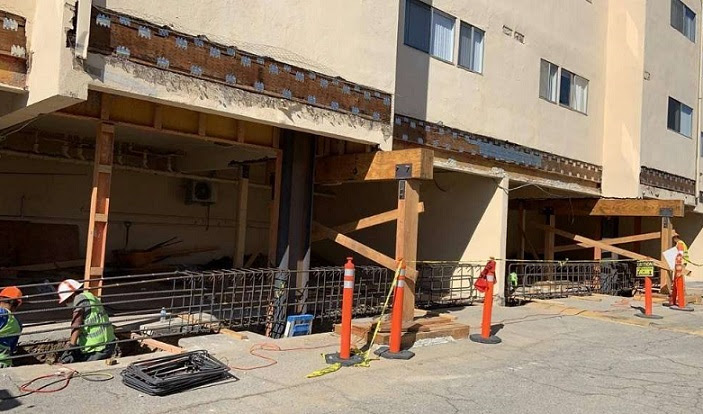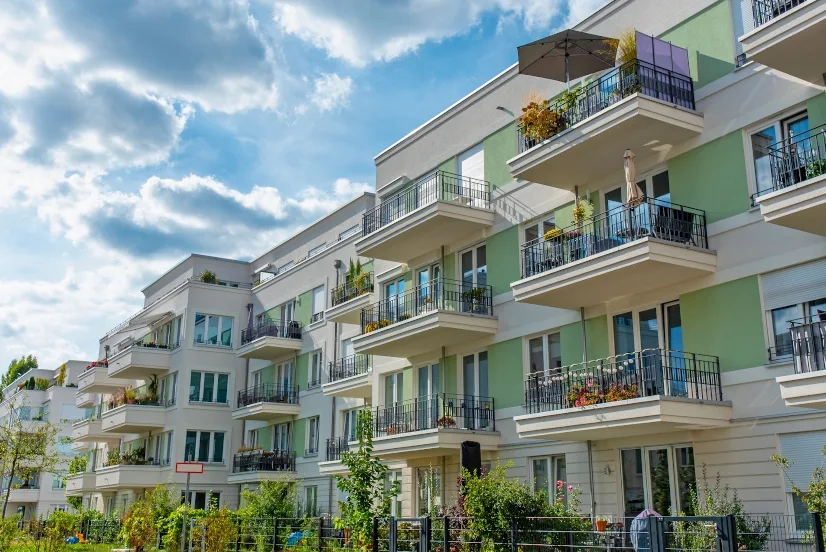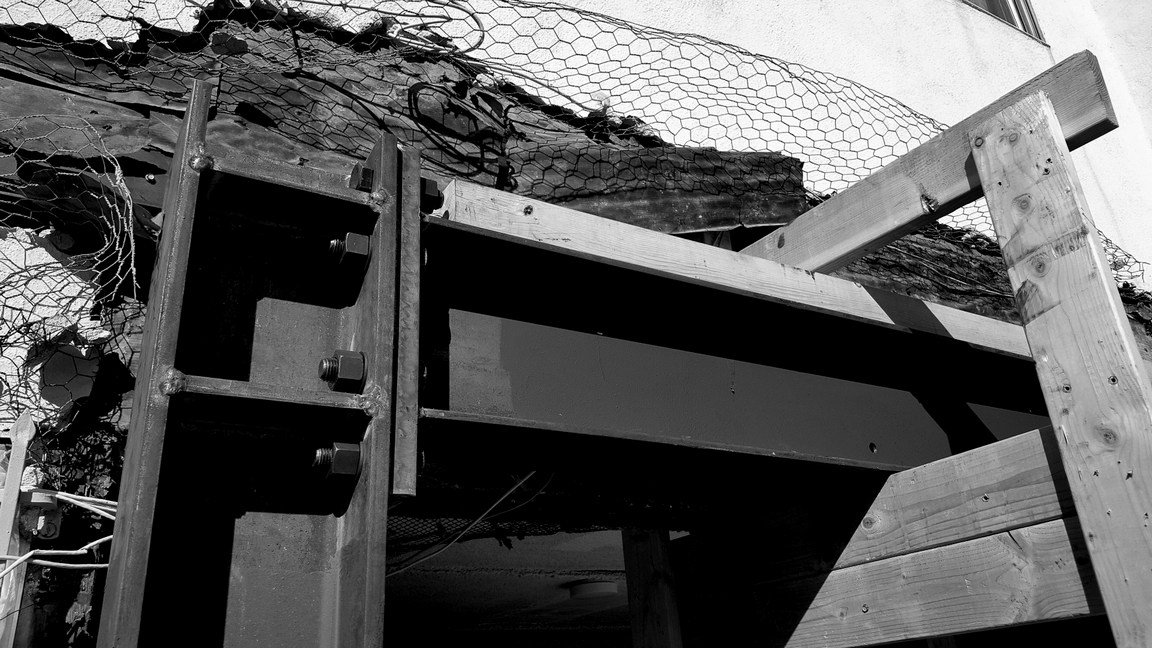One word: Earthquakes
Los Angeles may have lucked out in comparison to the East Coast this year, but there is one ominous natural disaster that is keeping landlords up at night.
Property owners are now choosing to sell their buildings altogether, rather than deal with the cost of retrofitting older apartment buildings put at risk by earthquakes, CoStar reported.
Approximately 13,500 properties in L.A. in need of retrofitting, according to a list released last year by city officials. Around 3,000 owners have begun the daunting process and over 300 buildings have completed the retrofitting.
City ordinance requires the retrofit of pre-1978 wood-frame, soft-story and non-ductile concrete buildings. But the cost of retrofitting, which includes construction costs and tenant relocation expenses, is seeming to be too much for some.
Colliers International even created a new task force to address properties that have seismic problems under the leadership of senior vice president Reza Ghobadi. Just this year, Ghobadi has sold five properties on the City’s seismic retrofit list. The combined total for the sales clocked in at nearly $18 million — a pretty penny for buildings that could potentially face destruction when the “big one” at the San Andreas Fault comes. [CoStar] – Natalie Hoberman





